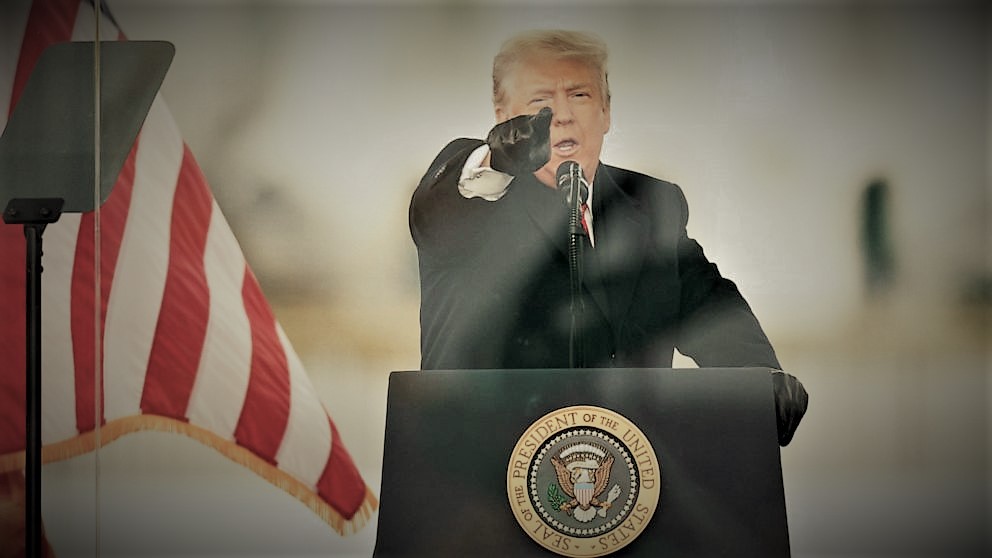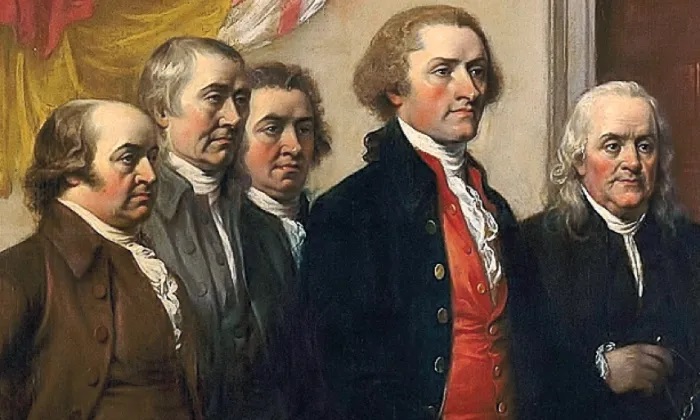
Tonight, at 8:00 p.m. Eastern time, the House select committee investigating the January 6 attack on the Capitol will present its case to the public. Over the next few days, the presentation will lay out a timeline of events before and after the attack took place using testimony by many with direct knowledge of events.
A New York Times story offers a chilling account of just how close we came to the collapse of democracy.
The Times describes how the words and suggested actions by key allies including a Department of Justice attorney, Republicans on Capitol Hill and former Trump officials advanced a calculated attack aimed at overturning the 2020 election results.
While this is a very abbreviated piece, all should read the full story in The Times.
With Trump’s legal offensive quickly fading, Michael Flynn, the president’s former national security advisor, told the President that he “could immediately on his order seize every single” voting machine in the country.
“He could also order, within the swing states, if he wanted to, he could take military capabilities and he could place them in those states and basically rerun an election in each of those states, said Mr. Flynn.”
One month earlier, Flynn had been found guilty of lying to FBI agents regarding his ties to Russia but had been pardoned by Trump preventing the retired general from facing legal consequences for his actions.
Throughout his presidency, Trump’s White House staff prevented him pursuing patently false claims presented by allies and how he could use his power to act on them.
“As Mr. Trump listened less and less to his staff,” The Times reports, “he proved receptive to the ideas put forth by Mr. Flynn. On the evening of Dec. 18, 2020, Mr. Flynn, Ms. Powell, [Sidney Powell, a lawyer who promoted the “Big Lie” that the election had been stolen] and others joined Mr. Trump in the Oval Office, armed with draft executive orders that they wanted him to sign — based in part on the baseless conspiracy theories about voting machine fraud . . .
“On one side in the meeting were Ms. Powell and Mr. Flynn, who complained in front of White House staff members, including Mr. Herschmann [a top White House lawyer], that they were failing to fight hard enough for Mr. Trump. Ms. Powell and Mr. Flynn, asserting that foreign adversaries including Iran, China and Venezuela had used Dominion voting machines to flip votes for Mr. Biden, said the president should use his authority to defend the country to seize the machines, preserve them as evidence and rerun the election . . .”
However, over at the Department of Justice, another battle was shaping up.
“Mr. Trump brought to a head a plan that would have pushed aside Jeffrey Rosen, [acting attorney general] who had refused the president’s entreaties, in favor of Jeffrey Clark, [the acting head of the Justice Department’s civil division] a loyalist who was eagerly promoting steps including having the Justice Department send Georgia officials a letter stating that voter fraud allegations could invalidate the state’s Electoral College results — a message with no basis.
“[Former attorney general William] Barr had earlier dismissed allegations of widespread fraud, but Mr. Trump was not about to give up. . .
“Deeper trouble came on Dec. 27, when Mr. Rosen and his top deputy, Mr. Donoghue, told Mr. Trump that no evidence supported the lawsuits he had filed in an attempt to overturn the election. Reports of corruption in swing states had not been borne out,” The Times reports.
“During tense conversations with Mr. Clark, Mr. Rosen and Mr. Donoghue learned that he was working on a plan with Mr. Trump’s allies to overturn the Georgia results. He asked Mr. Rosen to send the proposed letter falsely informing Georgia state officials that a federal investigation could invalidate the state’s results. Mr. Rosen refused.”
“Unwilling to be pushed out without a fight, Mr. Rosen worked with Mr. Cipollone, the White House counsel, and an ally, to convene a meeting with Mr. Trump for that evening, a Sunday. Before going to the White House, Mr. Donoghue hosted a conference call with the department’s top seven or eight leaders, laying out Mr. Clark’s machinations and Mr. Rosen’s upcoming fight for his job.
“Should Mr. Rosen be fired, [Donoghue] asked, what would the group do?
“Shocked, the officials unanimously agreed to resign en masse if Mr. Rosen was forced out. . .
“The showdown that played out at the White House that evening was extraordinary even by the standards of the Trump administration. Mr. Trump opened the Oval Office meeting around 6 p.m. with a blunt statement: ‘One thing we know is you, Rosen, aren’t going to do anything to overturn the election,’ Mr. Trump said, according to Mr. Rosen’s later testimony.”
After learning that top officials at Justice threatened to quit, Trump backed down and tried a different tact: pressuring vice president Mike Pence.
Fortunately for the country, the plan failed due to the vice president’s unwillingness to accede to his boss’s wishes.
While this is just a small portion of what will likely be presented by the House committee, it shows just how frighteningly close Trump and his allies came in overthrowing the Republic.
However, one important question remains:
Will enough of the country be convinced by the committee’s findings to ensure that Trump and his allies fail in the future?
Our democracy’s survival depends on the answer.
Comments









